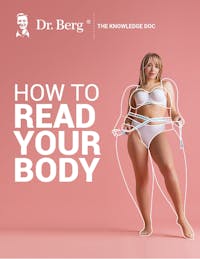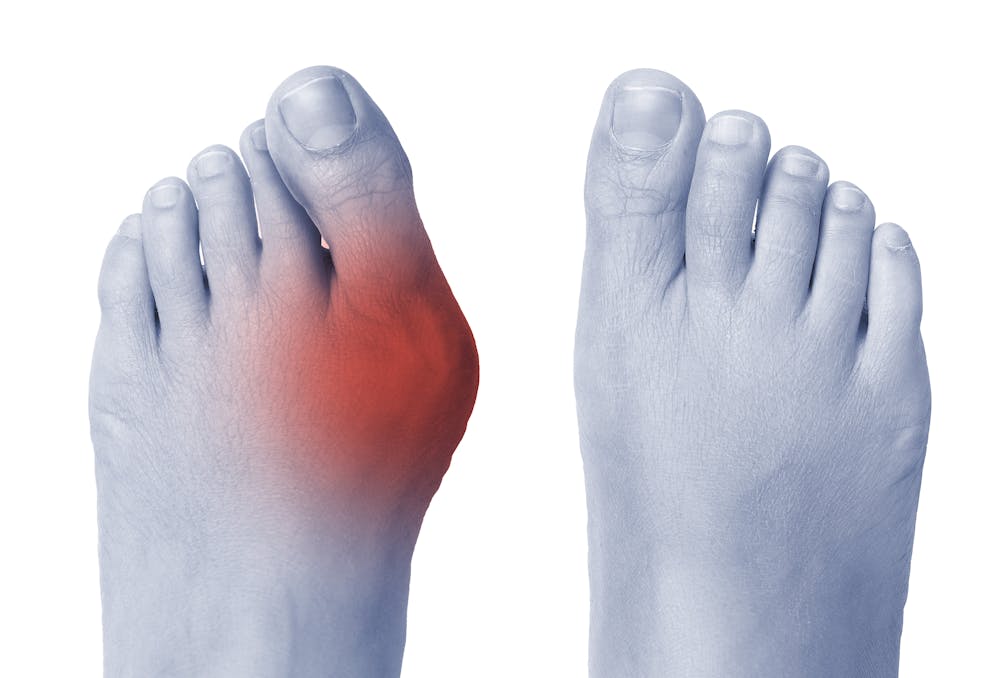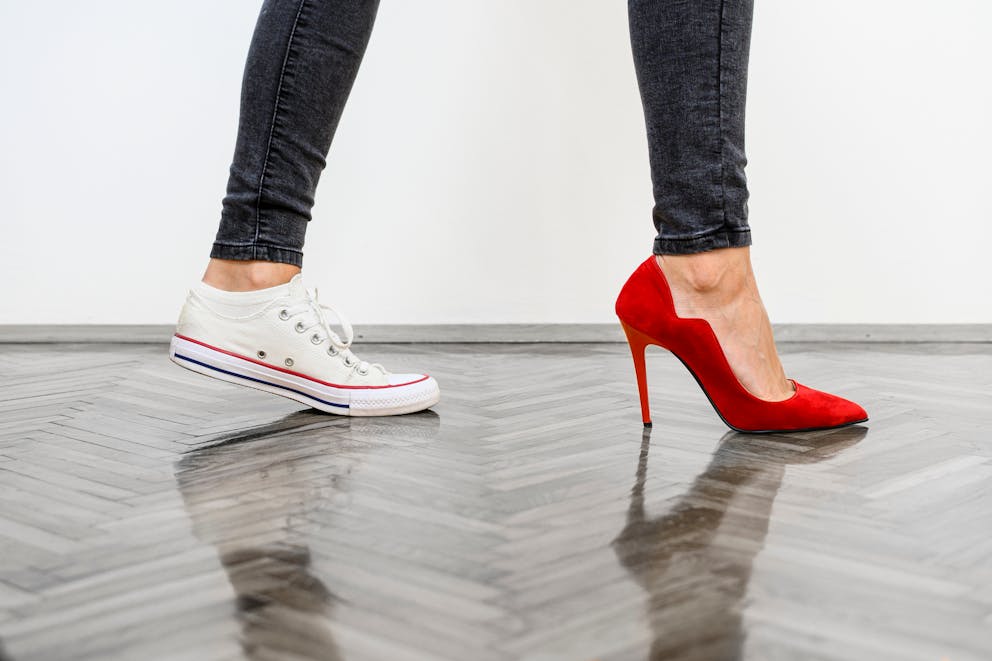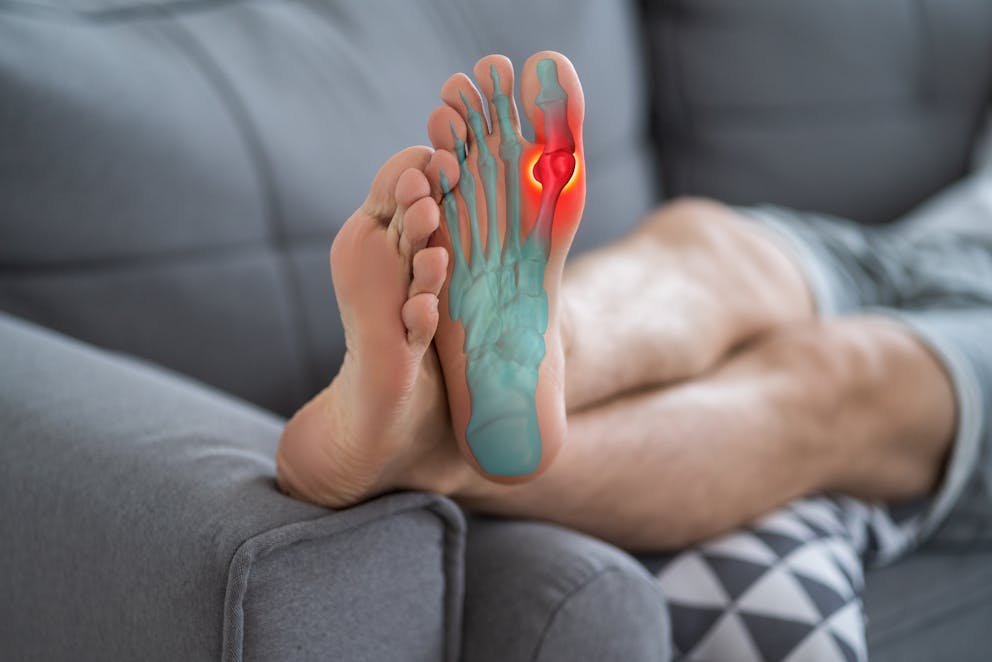How to Fix Bunions without Surgery

25 Top Home Remedies That Really Work
Explore powerful home remedies for common health issues
Discover how to use everyday household ingredients to address minor ailments
Get practical tips for the safe and effective use of home remedies

25 Top Home Remedies That Really Work
Explore powerful home remedies for common health issues
Discover how to use everyday household ingredients to address minor ailments
Get practical tips for the safe and effective use of home remedies

25 Top Home Remedies That Really Work
Explore powerful home remedies for common health issues
Discover how to use everyday household ingredients to address minor ailments
Get practical tips for the safe and effective use of home remedies

25 Top Home Remedies That Really Work
Explore powerful home remedies for common health issues
Discover how to use everyday household ingredients to address minor ailments
Get practical tips for the safe and effective use of home remedies

25 Top Home Remedies That Really Work
Explore powerful home remedies for common health issues
Discover how to use everyday household ingredients to address minor ailments
Get practical tips for the safe and effective use of home remedies

25 Top Home Remedies That Really Work
Explore powerful home remedies for common health issues
Discover how to use everyday household ingredients to address minor ailments
Get practical tips for the safe and effective use of home remedies

25 Top Home Remedies That Really Work
Explore powerful home remedies for common health issues
Discover how to use everyday household ingredients to address minor ailments
Get practical tips for the safe and effective use of home remedies

25 Top Home Remedies That Really Work
Explore powerful home remedies for common health issues
Discover how to use everyday household ingredients to address minor ailments
Get practical tips for the safe and effective use of home remedies

25 Top Home Remedies That Really Work
Explore powerful home remedies for common health issues
Discover how to use everyday household ingredients to address minor ailments
Get practical tips for the safe and effective use of home remedies

How to Read Your Body
Learn to recognize common symptoms and uncover their underlying health issues
Understand the signs of nutrient deficiencies to manage your health
Explore the four metabolic body types and the core factors that influence them
Interpret your body's signals from head to toe to identify potential health concerns

How to Read Your Body
Learn to recognize common symptoms and uncover their underlying health issues
Understand the signs of nutrient deficiencies to manage your health
Explore the four metabolic body types and the core factors that influence them
Interpret your body's signals from head to toe to identify potential health concerns

How to Read Your Body
Learn to recognize common symptoms and uncover their underlying health issues
Understand the signs of nutrient deficiencies to manage your health
Explore the four metabolic body types and the core factors that influence them
Interpret your body's signals from head to toe to identify potential health concerns

How to Read Your Body
Learn to recognize common symptoms and uncover their underlying health issues
Understand the signs of nutrient deficiencies to manage your health
Explore the four metabolic body types and the core factors that influence them
Interpret your body's signals from head to toe to identify potential health concerns

How to Read Your Body
Learn to recognize common symptoms and uncover their underlying health issues
Understand the signs of nutrient deficiencies to manage your health
Explore the four metabolic body types and the core factors that influence them
Interpret your body's signals from head to toe to identify potential health concerns

How to Read Your Body
Learn to recognize common symptoms and uncover their underlying health issues
Understand the signs of nutrient deficiencies to manage your health
Explore the four metabolic body types and the core factors that influence them
Interpret your body's signals from head to toe to identify potential health concerns

How to Read Your Body
Learn to recognize common symptoms and uncover their underlying health issues
Understand the signs of nutrient deficiencies to manage your health
Explore the four metabolic body types and the core factors that influence them
Interpret your body's signals from head to toe to identify potential health concerns

How to Read Your Body
Learn to recognize common symptoms and uncover their underlying health issues
Understand the signs of nutrient deficiencies to manage your health
Explore the four metabolic body types and the core factors that influence them
Interpret your body's signals from head to toe to identify potential health concerns

How to Read Your Body
Learn to recognize common symptoms and uncover their underlying health issues
Understand the signs of nutrient deficiencies to manage your health
Explore the four metabolic body types and the core factors that influence them
Interpret your body's signals from head to toe to identify potential health concerns
Bunions can cause persistent foot pain and may limit the ability to walk or exercise.
You can significantly reduce bunion pain with nonsurgical treatments, including wearing comfortable shoes and loose-fitting socks, silicone toe spreaders, and simple exercises that help improve ankle mobility and foot strength.
Let’s take a look at the simple steps you can take to correct bunions without foot surgery.

What are bunions?
Bunions are bony bumps that develop at the base of the big toe joint. Also known as hallux valgus, bunions occur as a result of the big toe pushing inwards against the second toe, causing the joint to misalign and protrude outward.
Depending on the bunion's size, the affected area may become inflamed, swollen, and tender.
Bunions cause foot problems and considerable discomfort and pain when walking or standing for long periods. Bunions also can lead to other muscle and joint issues due to a compensatory posture to keep the weight off the affected toe.
While most people have a bunion on only one foot, it’s possible to develop bunions on both feet.
Watch the video below to learn how you can fix bunions without surgery.
What causes bunions?
Bunions are more common in women that wear high heels and pointed-toe shoes that significantly restrict toe movement. Other risk factors for bunions are flat feet, rheumatoid arthritis, a genetic predisposition, or obesity.
Foot and Ankle published evidence that individuals with tight calf muscles and limited ankle mobility are more likely to develop bunions and other foot deformities due to an uneven distribution of weight and pressure on the foot.
If you have bunions and are concerned about how they may impact your posture and musculoskeletal system, it’s essential to consult with a healthcare provider for diagnostic assessment and formulation of an appropriate treatment plan.

Three natural ways to fix bunions without surgery
Conventional treatment for bunions typically includes wearing shoes with a wide toe box, bunion splints, bunion pads, or orthopedic shoe inserts.
In more severe cases, cortisone injections to relieve pain or bunion surgery may be necessary to realign the toe joints.
However, there are three simple steps that you can take to treat bunions without the need for invasive surgery:
1. Wear comfortable shoes and loose-fitting socks
Wearing tight shoes that restrict toe movement is a significant risk factor for a range of foot disorders, including bunions.
Choosing supportive shoes, such as athletic shoes with plenty of toe room, lowers the risk of bunion growth and can bring immediate pain relief.
If you have bunions, choosing appropriate socks is as important as wearing the correct type of shoes. Seamless and loose-fitting socks with ample toe space allow for normal toe movement without irritating bunions.
Some bunion sufferers find that toe socks—socks that have individual pockets for each toe—provide comfort and relieve bunion pain.
2. Use silicone toe spreaders
Silicone toe spreaders are worn between the toes, gently spreading them apart and aligning the big toe with the rest of the foot. This can help reduce pressure and provide relief from bunion pain.
This study published in Prosthetics and Orthotics International found that using silicone toe spreaders significantly improves foot shape and lowers pain associated with bunions.
The authors conclude that “The benefits of using this conservative treatment method could appeal to practitioners desiring to provide a low-cost and effective device for individuals with hallux valgus.”
3. Improve ankle mobility
While limited ankle mobility doesn’t directly cause bunions, a weak or stiff ankle can lead to compensations in gait and poor posture that can trigger the development of bunions.
Here are four simple exercises that improve ankle flexibility and relieve tension in the arch of your foot for fast bunion pain relief.
Ankle rotations
Sit comfortably in a chair with your feet flat on the floor. Lift your right foot and prop your forearm under your knee to hold your foot slightly off the floor.
Slowly rotate your foot ten times in a circular clockwise motion, then switch to ten counterclockwise repetitions. Repeat this exercise with your left foot and gradually increase to three sets of ankle rotations on each leg.
Ball roll
Standing on a tennis ball can be a simple and effective way to relieve pain and discomfort associated with bunions, especially for individuals with flat feet.
Place your bare foot on a tennis ball and roll the ball around under your foot, using your body weight to apply pressure for approximately two minutes. Switch to the other foot and repeat.
Toe raises
Sitting on a chair, slowly lift your toes off the ground, keeping your heels on the floor. Aim to raise your big toe the highest while keeping the other toes lifted as well.
Hold this position for a few seconds, then lower your toes back to the ground and repeat this exercise up to 30 times. As your foot strength improves, increase the number of repetitions.
Calf raises
Calf raises are a simple exercise that helps to strengthen your calf muscles and improves ankle mobility which can relieve toe pain.
Stand with your feet shoulder-width apart, keeping your weight evenly distributed on both feet, and hold onto the back of a chair or wall for stability.
Slowly lift your heels off the ground, rising onto the balls of your feet. Hold this position for a few seconds, then slowly lower your heels. Repeat this exercise 10 times and aim for three sets per day.

Key takeaways
Bunions are often painful and can limit your ability to walk or exercise.
To straighten bunions without surgery, wear comfortable shoes and socks with plenty of room for your toes, use silicone toe spreaders regularly, and follow a simple exercise routine that strengthens your foot muscles and improves flexibility in your ankle.
FAQ
1. What are bunions?
A bunion is a bony lump on top of the big toe's joint. Bunions develop due to misaligned muscles and bones in the foot, which push the big toe inwards towards the other toes.
2. What causes bunions?
Bunions are typically caused by wearing narrow and tight shoes that restrict toe movement. Individuals with arthritis, loose joints, and poor ankle mobility are also at increased risk of developing bunions.
3. How can I shrink my bunions naturally?
Wearing comfortable shoes and loose-fitting socks with plenty of toe space helps manage pain and prevents bunions from worsening.
Strengthening the muscles in your feet and ankles reduces the pressure in your toes, and using silicone toe spreaders helps to realign the bones in your foot and has been found effective for treating bunions.
4. Can bunions go away?
Yes, you can shrink bunions by wearing comfortable shoes and socks that don’t restrict toe movement, improving the strength and flexibility of your feet and ankles, and wearing silicone toe spreaders to help the bones in your toes to realign.
5. How do you flatten a bunion?
There are several ways to flatten bunions, such as wearing shoes with a wide toe box, silicone toe spreaders, and exercises that strengthen the muscles in your feet and ankles, which relieves pressure and helps to reduce the size of bunions.
6. How long does it take to straighten a bunion without surgery?
How long it takes to straighten a bunion without surgery depends on the severity of bone deformation. While mild bunions can be treated within a few months, it may take up to one year to see noticeable improvements in more severe cases.
7. What is the best way to prevent bunions?
Wearing comfortable shoes and socks that don’t restrict toe movement, maintaining a healthy weight, and regularly exercising to support the muscles in your feet and ankles are the best ways to prevent bunions.
If you have flat feet or high arches, you may be at an increased risk of bunions, and it’s best to consult an orthopedic doctor to correct these issues.
Previous blog
The #1 Healthiest PROTEIN in the WorldTags

Popular
08/21/2024
55.7K views
02/23/2025
46.8K views
11/18/2024
281.1K views
03/18/2024
11/21/2022




